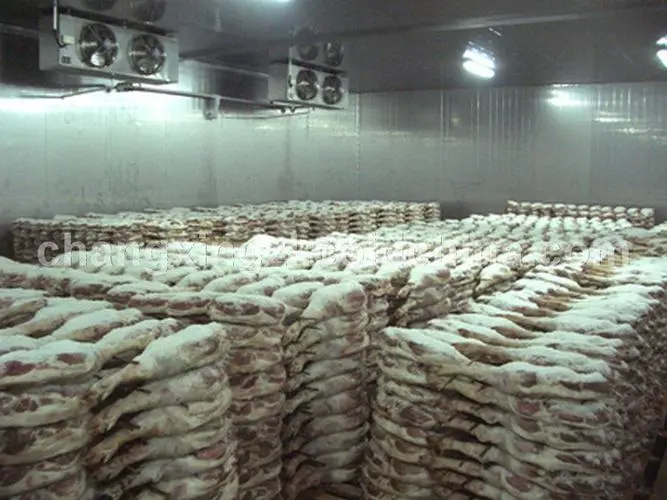Innovative Walk-In Cooler Layout Ideas for Efficient Storage and Accessibility
The Art and Science of Walk-in Cooler Design
In the world of food and beverage storage, the importance of effective temperature management cannot be overstated. Walk-in coolers serve as essential facilities for restaurants, grocery stores, warehouses, and various other businesses that require refrigeration. The design of walk-in coolers is not merely about creating space; it's a blend of art and science, ensuring functionality, efficiency, and compliance with health regulations.
Understanding the Basics
Before diving into the design elements, it’s crucial to understand what a walk-in cooler is. Essentially, it is a large refrigerated room that allows for easy access to stored items. It can be customized in various sizes and configurations based on specific needs. The temperature in these coolers typically ranges from 32°F to 55°F, depending on the food products being stored.
Key Design Considerations
1. Size and Layout One of the first steps in walk-in cooler design is determining the right size. This decision depends on the volume of products to be stored and the frequency of access. The layout should facilitate easy movement, allowing staff to navigate smoothly while minimizing disruption. Using modular shelving can maximize vertical space, and a thoughtful layout can optimize airflow, ensuring items are cooled uniformly.
2. Insulation and Materials Walk-in coolers must be constructed from high-quality insulating materials. The insulation used affects both the energy efficiency and durability of the unit. Common materials include polyurethane and polystyrene, known for their superior insulation properties. The interior finish should not only be durable but also easy to clean, as hygiene is paramount in food storage.
3. Cooling Systems Selecting the appropriate cooling system is where science meets engineering. Traditional refrigeration systems use compressors, evaporators, and condensers to maintain the desired temperature. A well-designed system will take into account factors such as the ambient temperature, the cooler's size, and the thermal load generated by stored items. Advanced technologies, like variable speed compressors and energy-efficient evaporators, can provide optimal performance while minimizing energy consumption.
walk in cooler design

4. Ventilation and Airflow Effective airflow is crucial to avoid temperature inconsistencies within different parts of the cooler. The design should incorporate strategically placed vents and fans to ensure proper circulation. Ensuring that warm air rises and is expelled effectively can enhance cooling efficiency and preserve freshness.
5. Access and Loading Systems The ease of accessing the walk-in cooler significantly impacts productivity. Doorways should be wide enough for large trolleys and products, with options for both manual and automatic door mechanisms. Loading docks or ramps can facilitate the transfer of goods into the cooler while reducing strain on employees.
6. Compliance and Safety Lastly, walk-in coolers must adhere to local and federal regulations regarding food safety. This includes incorporating features such as temperature monitoring systems, alarms for temperature fluctuations, and proper drainage systems to prevent water accumulation. The design should also consider safety aspects, such as slip-resistant flooring and emergency exit mechanisms.
Sustainability in Walk-in Cooler Design
As businesses become increasingly aware of their environmental impact, sustainable practices in walk-in cooler design are gaining traction. Energy-efficient appliances and alternative refrigerants that have lower global warming potential are becoming industry standards. Moreover, utilizing solar energy, when feasible, can drastically reduce operational costs while promoting an eco-friendly stance.
Conclusion
In summary, the design of walk-in coolers encompasses a variety of elements that need to work harmoniously to create a functional, safe, and efficient storage solution. By understanding the key components and incorporating modern technologies and sustainable practices, businesses can ensure that their walk-in coolers not only meet their current needs but are also adaptable to future demands. Thus, investing time and resources into thoughtful cooler design is not only a matter of compliance but a step towards enhanced operational efficiency and sustainability in the food industry.






